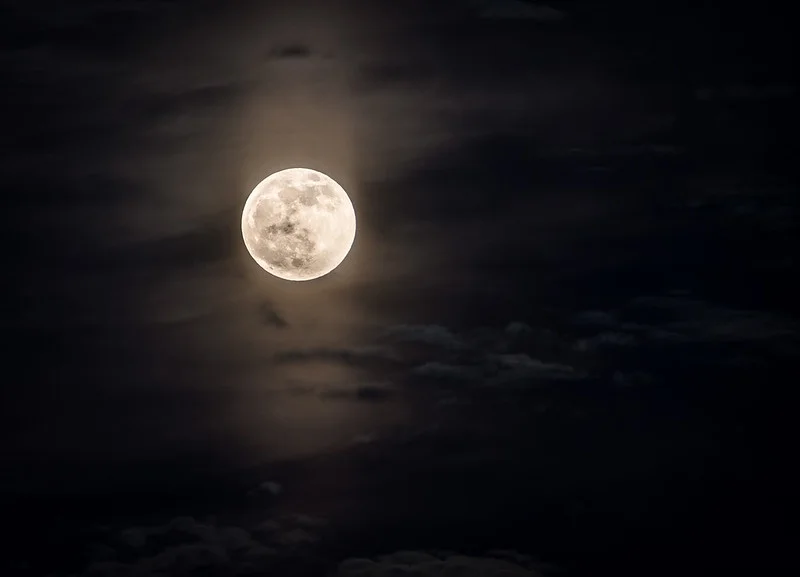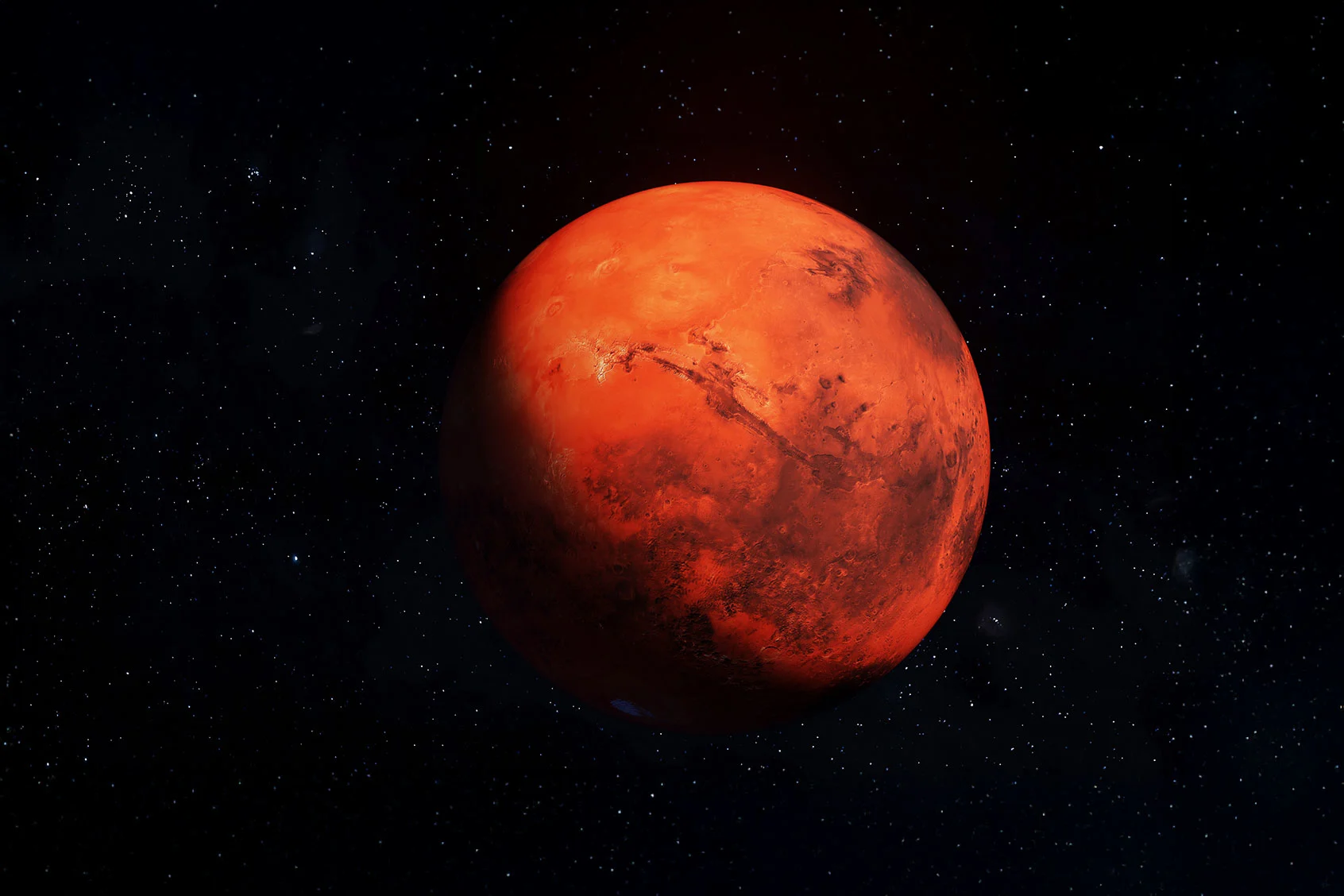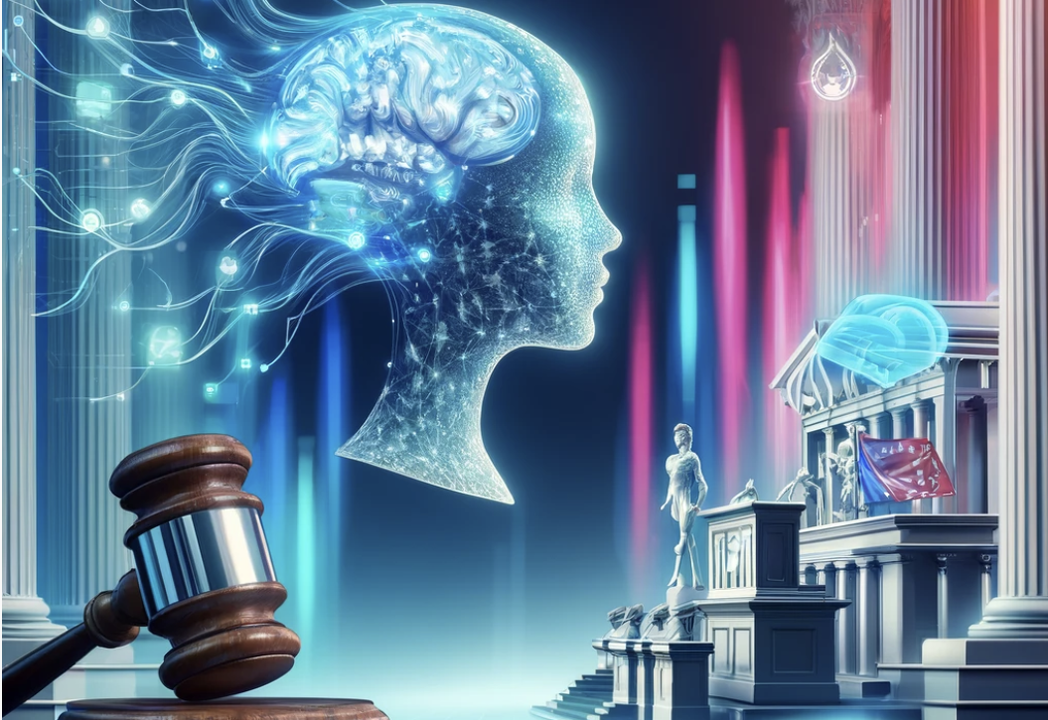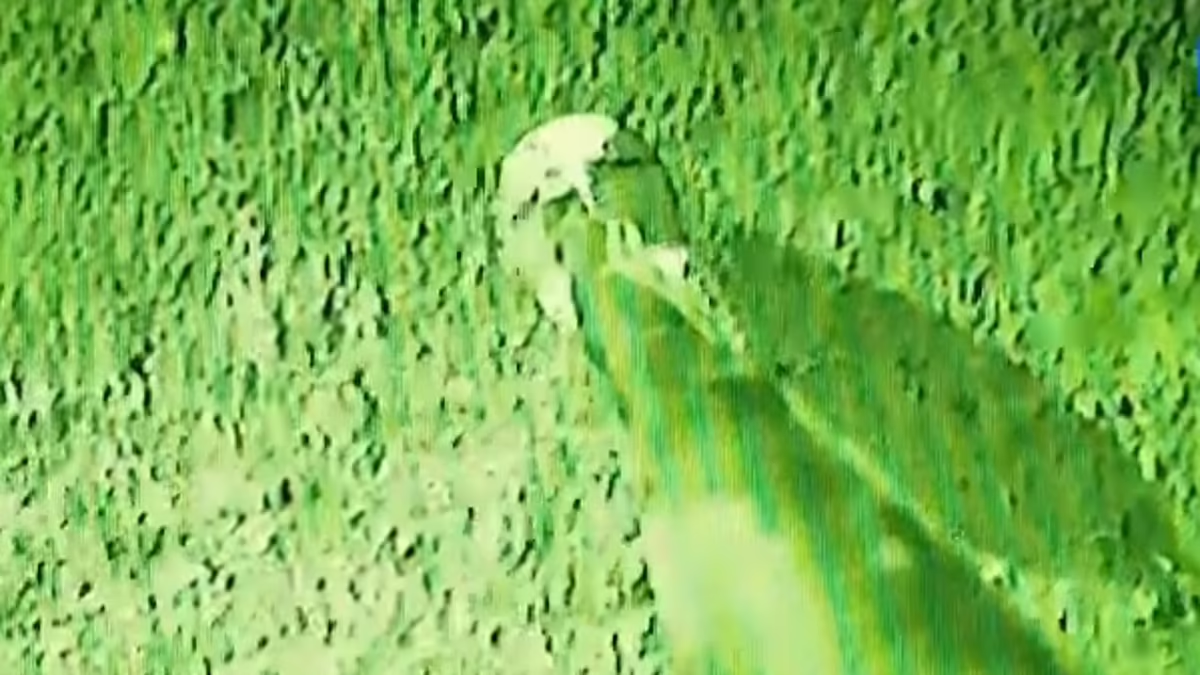For thousands of years, humans have believed in the intervention of divine forces in shaping and improving life. This belief transcends geographic boundaries, with stories of divine intervention found across cultures worldwide. Despite this, there is no concrete evidence proving the involvement of a higher power in human affairs. However, questions arise—who built the ancient temples? How were sculptures and artifacts, dating back thousands of years, created with such precision?
Some researchers have sought answers in an unlikely place—the Moon. In 2016, countries like the United States, China, and India prepared lunar missions aimed at uncovering the mysteries of the Moon. These missions included plans to send manned spacecraft. Before this, the last human lunar mission was Apollo 17, which landed on the Moon in 1972.
But why the renewed interest in the Moon after so many decades? Shouldn't lunar exploration have been more advanced by now?
The First Step on the Moon
On July 20, 1969, Neil Armstrong became the first human to set foot on the Moon. This historic event marked humanity’s first steps outside Earth. It was a monumental achievement and a stepping stone for exploring the solar system.
However, the Moon is not a hospitable environment for human life. It lacks oxygen, and nighttime temperatures plummet below freezing. Despite these challenges, the Moon has played a crucial role in supporting life on Earth. Its gravitational pull affects tides, stabilizes Earth's rotation, and creates seasons—making life as we know it possible.
Moon Landing Conspiracies
Many believe humans never actually landed on the Moon, claiming the Apollo missions were staged in Hollywood studios. One reason for this skepticism is an incident during the Apollo 17 mission when broadcast signals were interrupted for two minutes. This break in transmission led to speculation about hidden discoveries.
Some amateur radio operators claimed they intercepted unfiltered communications from astronauts during the blackout. According to these reports, the astronauts described seeing unidentified structures and objects resembling flying saucers. Upon their return, the astronauts appeared subdued and reluctant to discuss what they encountered, fueling further suspicions.
The Hollow Moon Hypothesis
One of the most intriguing theories about the Moon is that it might be hollow. This idea gained traction after experiments conducted during the Apollo missions. On November 20, 1969, Apollo 12 intentionally crashed a lunar module onto the Moon's surface. The impact generated a ringing sound, similar to a bell, which lasted for over an hour. Seismometers installed on the Moon recorded this phenomenon, suggesting the Moon might have a hollow interior. When a similar experiment was conducted during Apollo 13, the ringing persisted for nearly three hours.
The Moon’s surface is covered with craters of varying diameters, but curiously, their depths are strikingly uniform. This observation challenges natural explanations and has led some to speculate that the Moon’s crust might be artificially reinforced.
Is the Moon Artificial?
Russian scientists Mikhail Vasin and Alexander Shcherbakov proposed a controversial theory in the 1970s, suggesting the Moon is an artificial structure. According to their hypothesis, the Moon was created by an advanced civilization and placed in Earth's orbit. They argued that the Moon’s outer layer is made of a mix of metals, including titanium, brass, and uranium, which are unlikely to occur naturally in such combinations. Beneath this outer shell, they speculated, lies a hollow interior containing machinery.
This theory aligns with ancient texts and oral traditions from various cultures. For example, the Zulu people of Africa believe the Moon was created from the shell of a giant egg by celestial beings to observe life on Earth. Similarly, Hebrew texts and other ancient scriptures mention a time before the Moon existed.
The Moon’s Perfect Alignment
One of the most striking features of the Moon is its precise size and distance from Earth. The Moon is 400 times smaller than the Sun but also 400 times closer, making them appear the same size during a solar eclipse. This alignment is so precise that it seems more like deliberate engineering than a natural coincidence.
The Moon’s gravitational influence stabilizes Earth’s axial tilt, creating seasons and preventing extreme climate fluctuations. Without the Moon, life on Earth might not have been possible. Some researchers argue that this precise positioning and its impact on Earth cannot be purely coincidental.
Hidden Structures and Alien Theories
Photographs from lunar missions have revealed unusual structures on the Moon’s surface. For example, ruins resembling buildings have been spotted approximately 300 kilometers from the Apollo landing sites. These structures appear artificial, raising questions about who—or what—might have built them.
Additionally, the Moon always shows the same face to Earth due to tidal locking. The far side of the Moon, often referred to as the "dark side," remains hidden. Some theorists believe this concealed region might harbor alien bases or other advanced civilizations.
A History Without the Moon
Ancient accounts from various cultures suggest there was a time when the Moon did not exist in Earth’s skies. If true, this raises profound questions about the Moon’s origins. Could it have been deliberately placed in orbit? If so, by whom, and for what purpose?
The Significance of Lunar Anomalies
Several scientific studies have noted anomalies in the Moon’s composition and behavior. For instance:
- The Moon’s density is lower than Earth’s, suggesting it might be hollow.
- Some minerals found on the Moon, like titanium and uranium, are rare on Earth and do not form naturally in the observed combinations.
- The Moon's orbit is nearly circular, which is unusual for natural satellites.
What Lies Ahead?
While these theories remain speculative, they highlight the Moon's mysteries and its profound connection to Earth. Modern lunar missions aim to unravel these enigmas, potentially reshaping our understanding of the Moon's role in human history.
Whether the Moon is a natural satellite or an artificial construct, its impact on Earth and human civilization is undeniable. It has inspired myths, guided ancient calendars, and continues to be a focus of scientific exploration. If evidence of artificial origins or extraterrestrial activity is ever uncovered, it would challenge our understanding of the universe and humanity’s place within it.
The Moon, with its captivating beauty and unresolved mysteries, reminds us of how much we still have to learn about our celestial neighbor—and ourselves.

























0 Comments